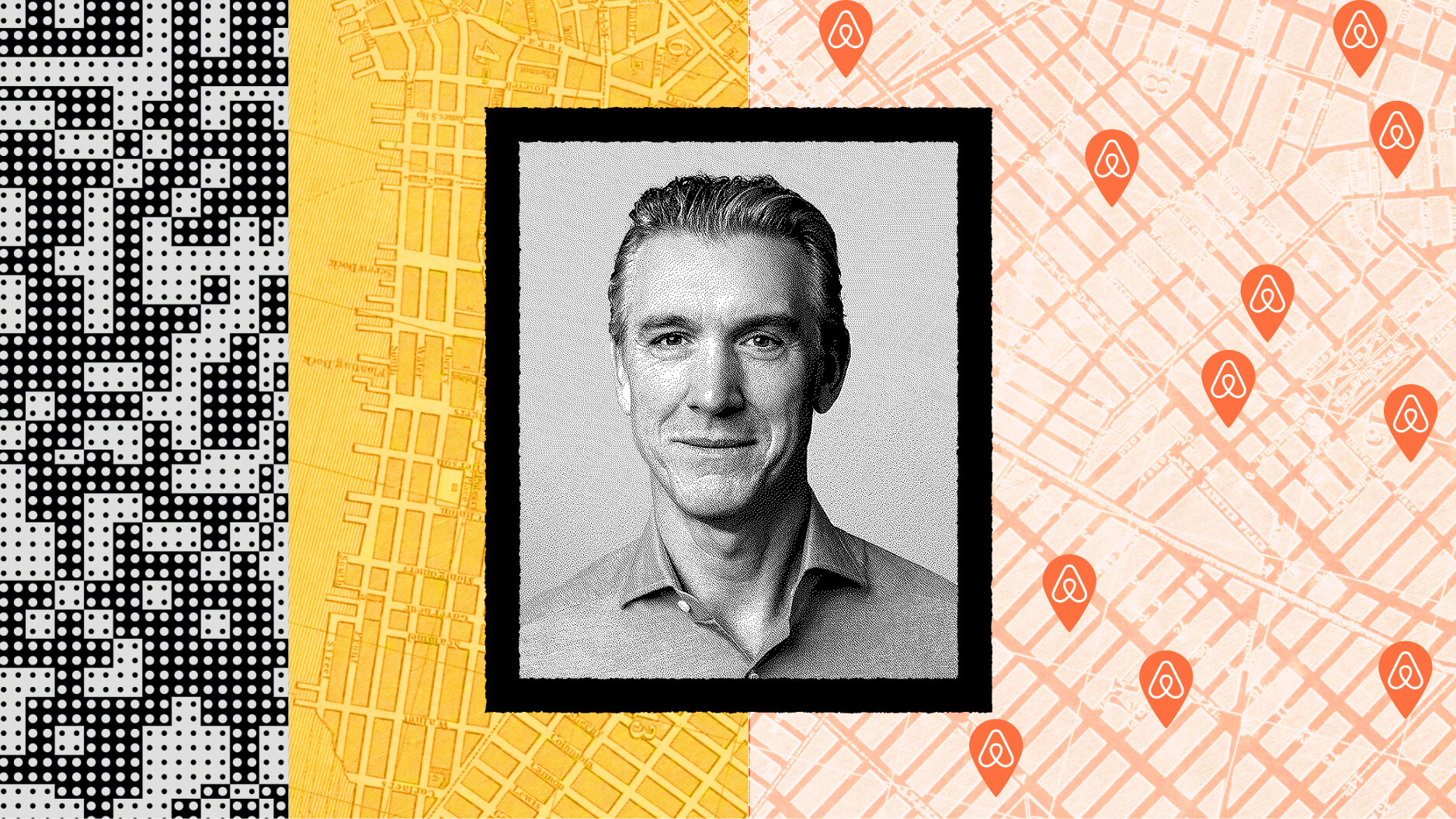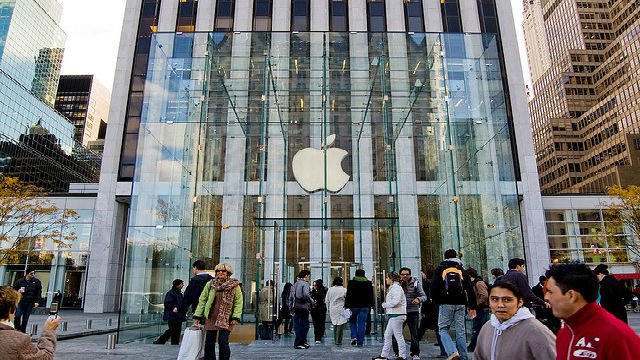Why we need a trusted new leadership plan for redesigning work

- Organizational change used to come seasonally and was followed by periods of stability.
- After the pandemic, organizations have been in a state of constant upheaval and experimentation.
- Business leaders need to better understand the nature of work and gather diverse perspectives to imagine new possibilities.
Kurt Lewin, a pioneer in applied psychology, once penned a case study about a pharmaceutical company that had relocated its distribution center. Typically, such a project would only be known through its occasional citation by other papers in the field. Except in this case study, published posthumously in 1947, Lewin introduced what came to be known as his “change management model” — a cycle of organizational change taking place over three phases.
The first phase is the “unfreezing,” which represents a disruption in the way an organization typically does business. The second is the “change,” a period of confusion and experimentation in which old habits are challenged and new ones adopted. The third and final stage is the “refreeze.” Here, the new habits solidify, the confusion subsides, and it’s business as usual until the next unfreezing.
When Lewin described this process, he likely envisioned the pace to be glacial. Maybe a new distribution center needs to be built in another state. Maybe a merger shakes up the org chart. Maybe a supply line gets disrupted and a new one needs to be established. Whatever the case, much like how glaciers creep and retreat across the landscape, such changes come seasonally and only with hindsight do we notice the accumulated impact they had on the landscape.
Today, that cycle is no more, says Lynda Gratton, a professor of management practice at the London Business School and the author of Redesigning Work. And the pivotal event that broke it was the COVID-19 pandemic.
“On that day when we all left our offices, everybody in the world unfroze at the same time. It was a global unfreezing. All of the practices and processes, the cultures, the norms, they were all up for grabs,” she tells Big Think+.
Gratton went searching for what the next refreeze phase would look like but couldn’t find a satisfactory answer. “It seems to me that the idea of refreezing into something solid is almost the wrong metaphor. It’s as if we’re going to be experimenting forever because just as you think things are going to settle down, something else happens.”
Today, the glacier has melted into an ocean of constant change, and organizations will need to redesign their habits if they are to navigate it safely.
The four steps of successful organizational change
“The way that we work is always going to change, and we, the workers, will always have to adapt and be flexible and keep our eyes wide open to the potentials, to the benefits, but also to some of the challenges that we’ll face,” Gratton says.
To do that adroitly and carefully, Gratton recommends substituting yesteryear’s cycle with a different four-stage process. Those stages consist of:
Stage One: Understand. Before you can redesign for change, you have to understand the nature of the work itself. How much energy do your people require to perform effectively? Which tasks demand cooperation and which require intense focus? What motivates your people to be successful, and what may undermine their motivation?
In answering such questions, you begin to see the contours of where you can redesign for productivity and employee engagement — two factors that Gratton says will be at the heart of any successful redesign.
Stage Two: Reimagine. You can then use that understanding to imagine potential redesigns for how things are done. For instance, if you discover that a specific task requires intense focus, then you may want to redesign things so that your people can work out of the office on those days. Conversely, if another task requires cooperation, then you can schedule days to bring everyone in.
Remember: It’s not a question of right or wrong. Even the best redesign will need to be changed or modified later on. Rather, it’s about imagining how organizational habits can support and motivate your people to do their best given the current circumstances.
One more thing to keep in mind: There are no solutions, only trade-offs. Be sure to give consideration to what those trade-offs may be.
Stage Three: Model and Test. Sometimes when facing a change, the urge to implement a redesign can be overwhelming, especially if you see something work particularly well for another organization.
But Gratton warns: “The truth is, nobody knows what the best design of work is. One thing that works well for one company doesn’t work at all for another. When I’m asked, ‘Should we all go hybrid or be virtual?’ I always say, ‘It depends on your company.’”
For this reason, it’s better to test a model version of your imagined redesign. Starting small allows you to see if a proposed redesign is viable, fair, future-proof, and responsive to technological change — things Gratton says you should be looking at. A trial run also allows you to take risks and learn lessons while the stakes are low.
Stage Four: Act and Create. You’ll know your trial is successful if it increases productivity and employee engagement. “This is the point at which you understand what’s happening, you’ve modeled some possibilities, and you can really make change happen across the whole organization,” Gratton says.
When you decide to initiate that redesign, be careful not to foist it on your people like some tin-pot dictator handing down edicts. Instead, take the time to mobilize your managers and get your people behind the redesign. Show them how the change aids their efforts and makes their work lives better. Reassure them that, while things may be difficult, you’re there to support them.
As Gratton reminds us: “Yes, leaders set the narrative, and yes, managers are hugely important in terms of supporting, but unless you get employees on your side by allowing them to talk about what’s important, you’ll never get the change that you want.”

Navigating an unfrozen future
Of course, being adrift in a sea of change can be taxing. Constantly shifting demands risk burnout and losing a sense of yourself, and even the most efficient organization will need a north star to guide them. And thankfully, Gratton has some strategies to help here, too.
First, assemble a redesign team to help. Team members should include an eclectic mix of people from different departments, up and down the org chart. They should bring a variety of skills, networks, worldviews, and opinions to the table.
Don’t draft your team exclusively from the senior leadership bench. After all, if more hands make light work, then more perspectives make a panoramic picture. With a diverse redesign team, you cover all your bases.
Second, remember your values. Gratton likens such values to an organization’s “signature.” They are the beliefs and qualities that describe your organization and set it apart from others. That could be your emphasis on collaboration, how you always put the company first, or your focus on sustainability. Either way, it will be the north star that will always guide you through whatever vagaries tomorrow may bring.
“What I noticed is that these signatures often take years to develop, [but it] is what makes your organization the great company that it is,” Gratton says. “When you change, you need to be sure that you hold on to that signature.”





